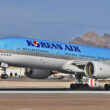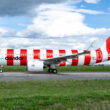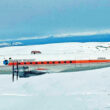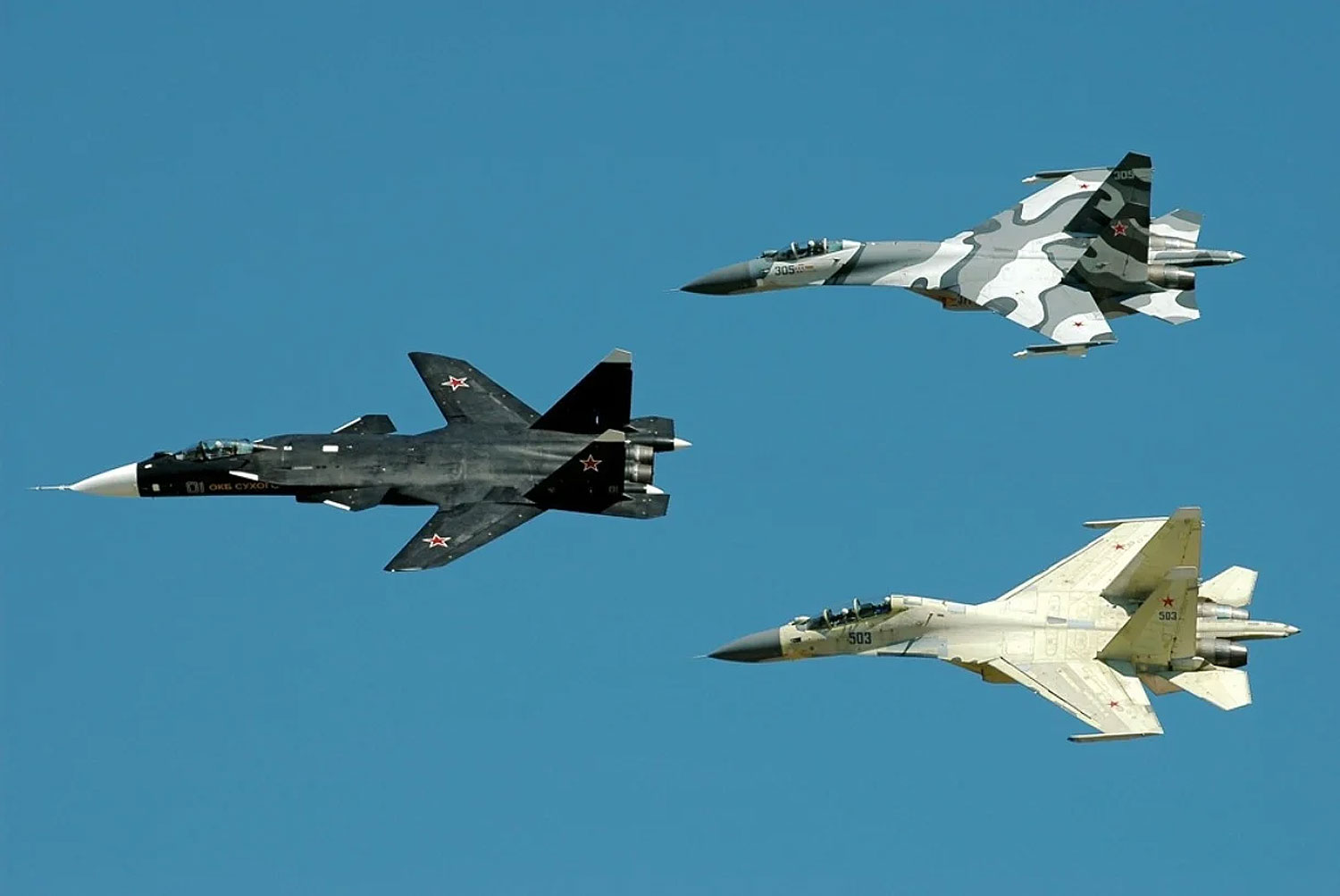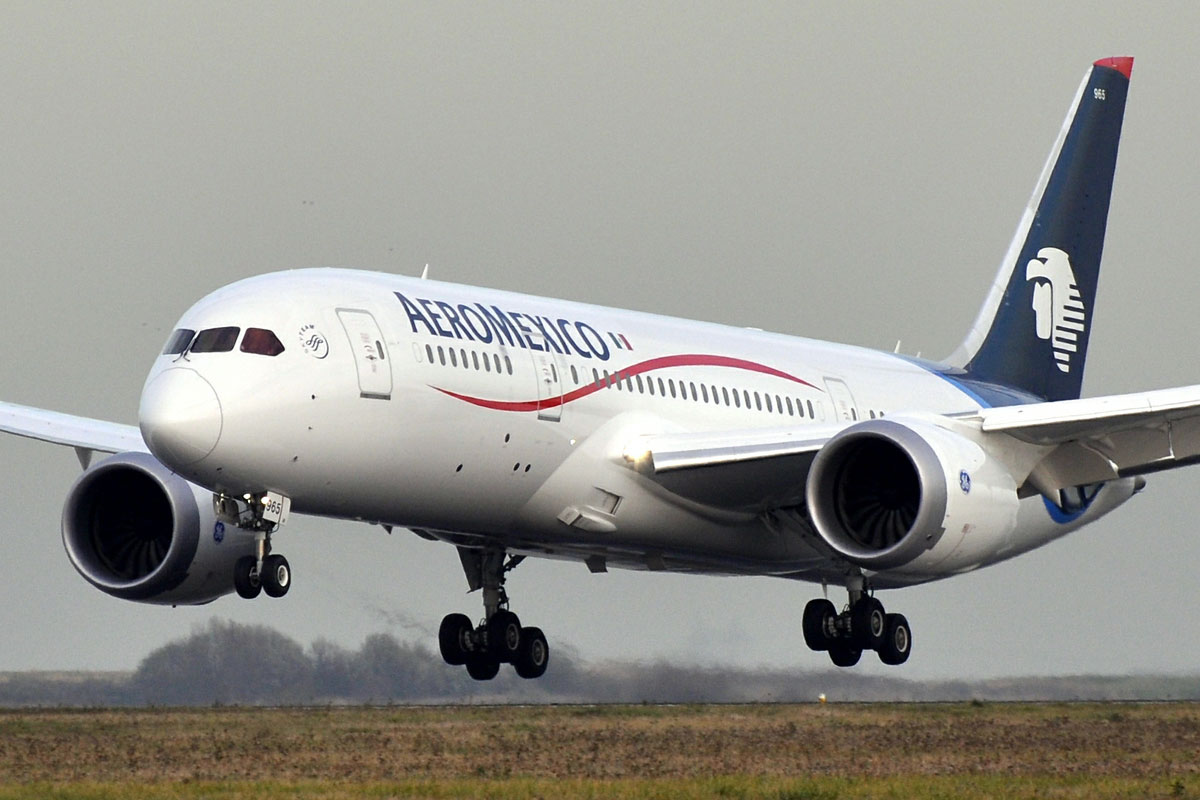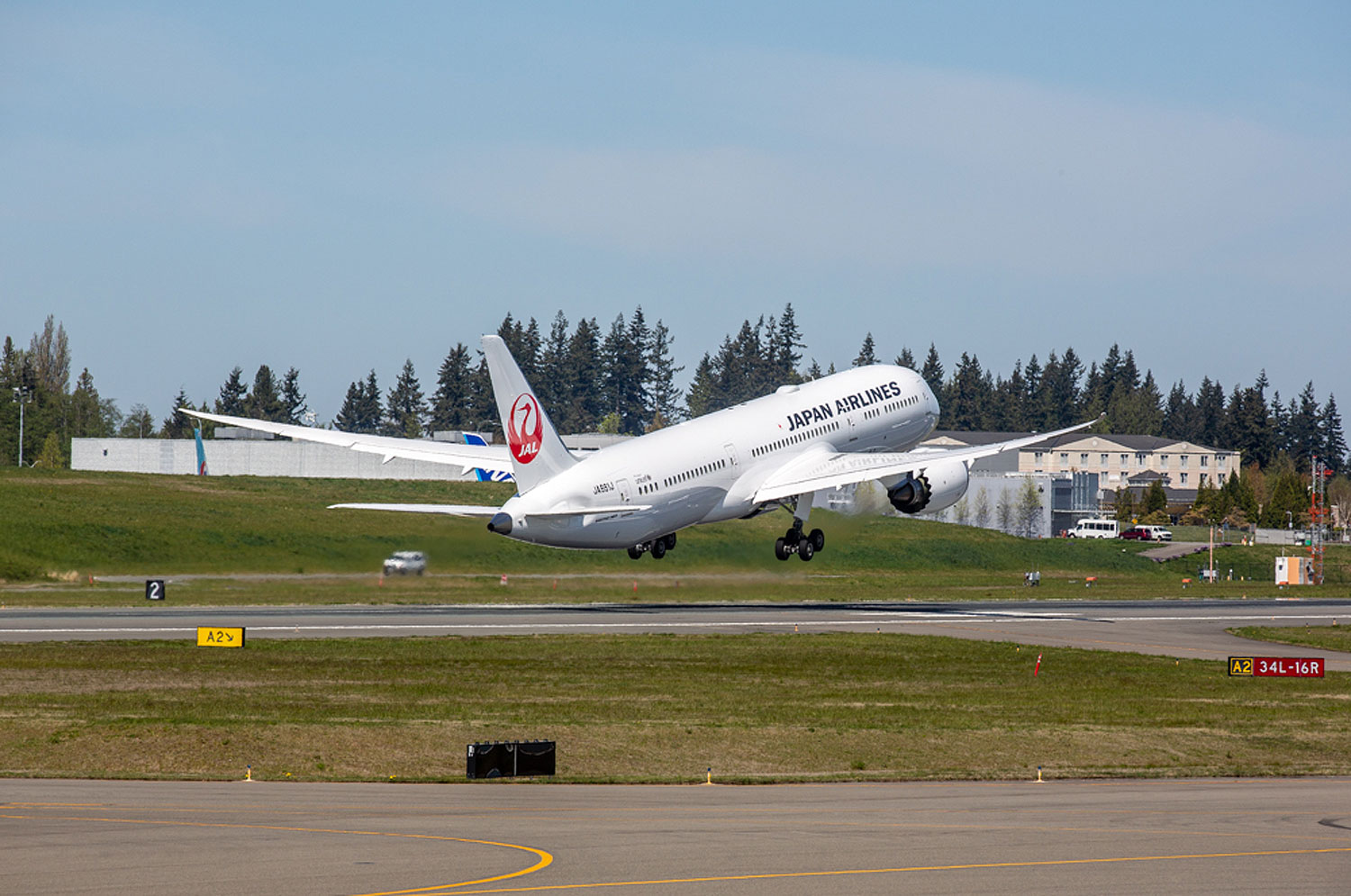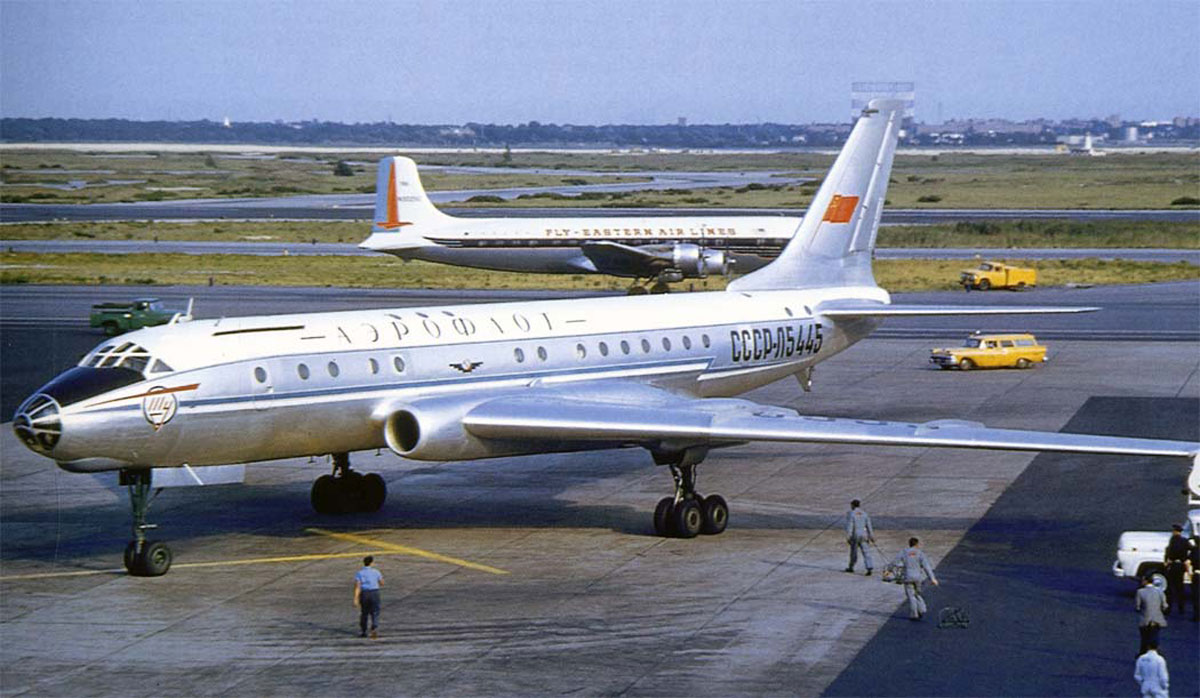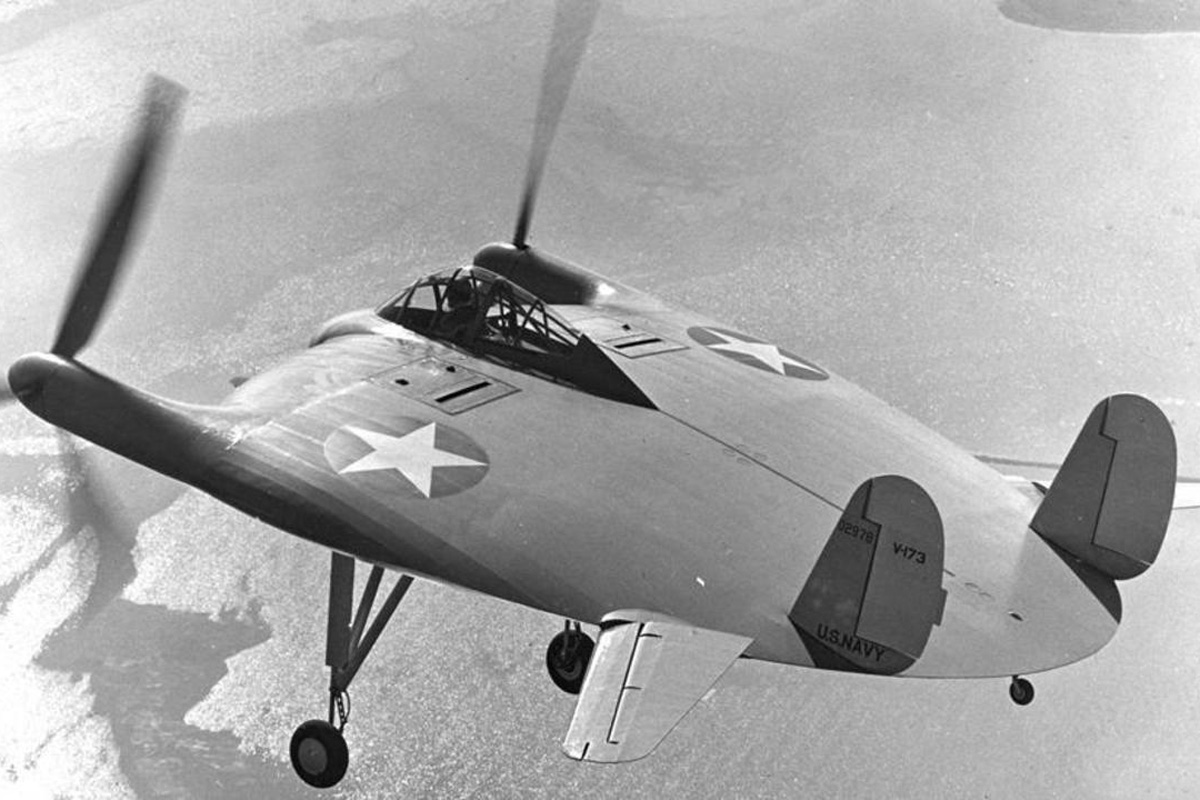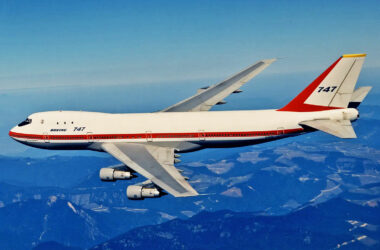Thanks to swept-wings, jet aircraft were able to prove their technical advantage over propeller-powered aircraft.
At high speed, wide-angle sweep wings have become standard on commercial and especially military airplanes because they are more efficient than conventional wings.
However, at the same time that swept-wings appeared, another similar proposal was also tested, the forward swept-wings, in which the wings appear to be in the opposite direction.
German bomber Ju 287
One of the first planes to fly in this configuration was the Junkers Ju 287 bomber in 1944. Unlike other designs at the time, the German jet engine had a pronounced angle that soon proved one of the advantages of forward-swept wings, the greatest control flight at low speed.
Follow ADN: Instagram | Twitter | Facebook
Before issues with the project appeared, the Ju 287 was captured by the Soviet Union, where it served as the basis for two test models.
The United States also evaluated the configuration and Convair even designed a bomber, the XB-53, which was never built.
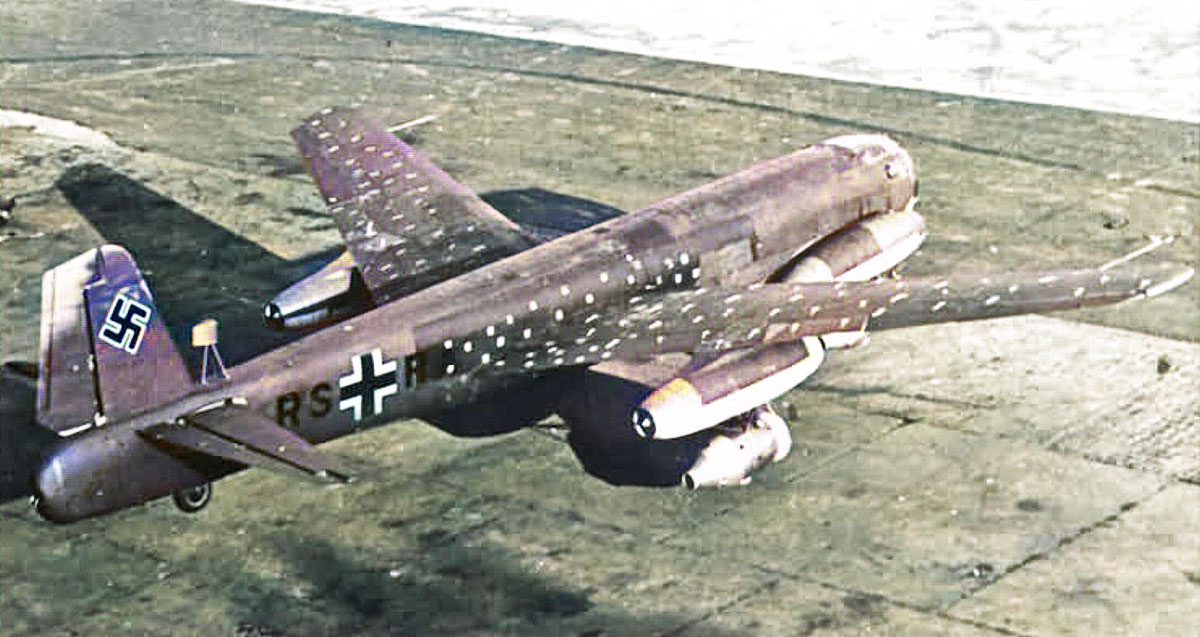
Hansa Jet
Although the use of forward-swept wings was found in small planes, it was the HFB 320 Hansa Jet that had the primacy of being produced in series with this configuration in 1964.
The German aircraft, a business jet, had only 47 units assembled, but it benefited from the configuration by allowing a high maximum speed and also greater internal space as the main wing spar traversing the rear of the fuselage.
The Hansa Jet, however, had only a few degrees of swept, which avoided greater risks in flight.
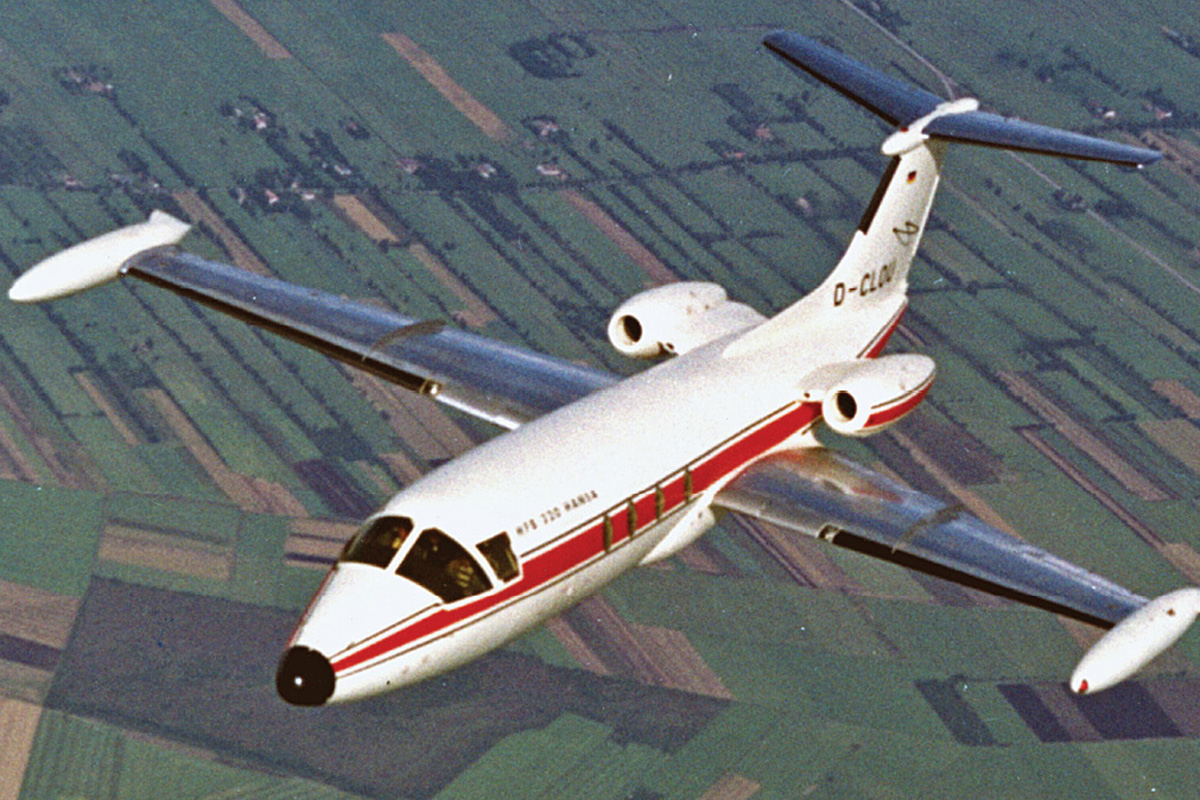
Grumman X-29
It was only in the 1980s that a more in-depth study of the “inverted wings” configuration was put in place by NASA. The US space agency hired Grumman to build two experimental planes for the X-29 project.
The aircraft had the shape of a fighter, however, with canards and swept forward wings with 33 degrees. To avoid one of the biggest problems with this type of configuration, the twisting of the wing tips, the X-29 used a structure with composite materials.
The first X-29 took off from Edwards Air Force Base in December 1984 and soon proved that the configuration allowed it to fly with high angles of attack of up to 67 degrees without loss of control.
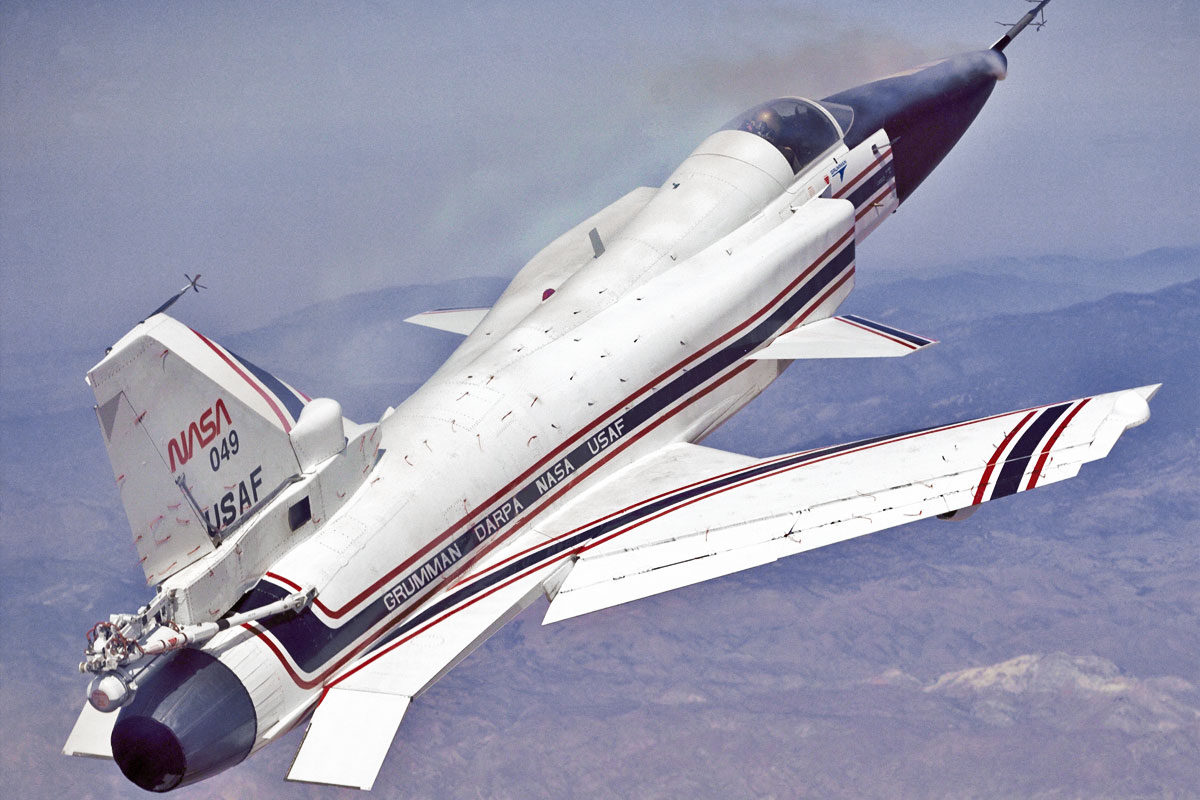
The supersonic jet was also extremely agile, but very unstable. For this reason, it was equipped with a fly-by-wire flight control system, but it also carried a parachute in the event of a maneuver without recovery conditions.
The X-29 performed 242 flights until 1991, when the program ended and provided huge amounts of data collected in various areas.
However, NASA said the aircraft “did not demonstrate the overall reduction in aerodynamic drag that earlier studies had suggested”. Still, the agency considered that it did not mean that a more optimized design with forward-swept wings could not yield a reduction in drag.
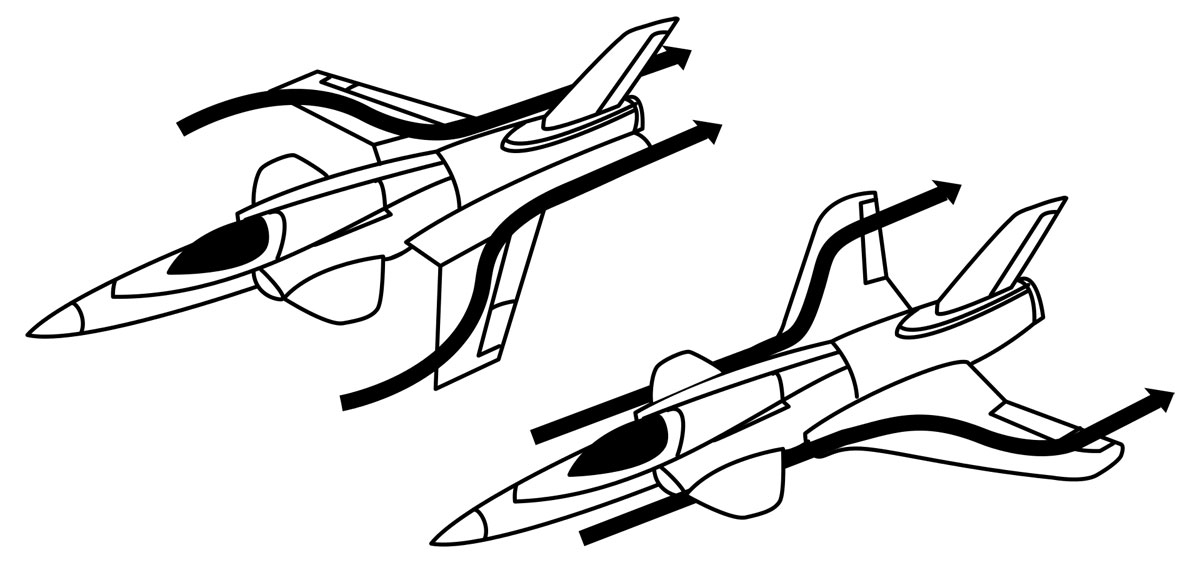
Sukhoi Su-47
Also in the 1980s, the Soviet Union returned to studying configuration shortly after the United States launched the X-29 program. The project was in charge of Sukhoi, but due to lack of financial resources, it was only in 1997 that the project bureau was able to make the inaugural flight of the Su-47 Berkut, a huge twin-engine fighter with forward-swept wings.
The aircraft took advantage of parts of the Flanker fighter’s fuselage to reduce its costs and adopted a narrow horizontal tail stabilizer.
Like the X-29 concept airplane, the Su-47 proved to have tremendous agility, high subsonic speed and a takeoff and landing performance on shorter runways, among others.
Despite this, only one test aircraft was assembled, which also served as a testbed for the development of the fly-by-wire system.
Another Russian manufacturer, KB SAT, also went ahead with a training jet with forward-swept wings, the SR-10. After flying in 2015, the aircraft was canceled in 2018 due to lack of funds.
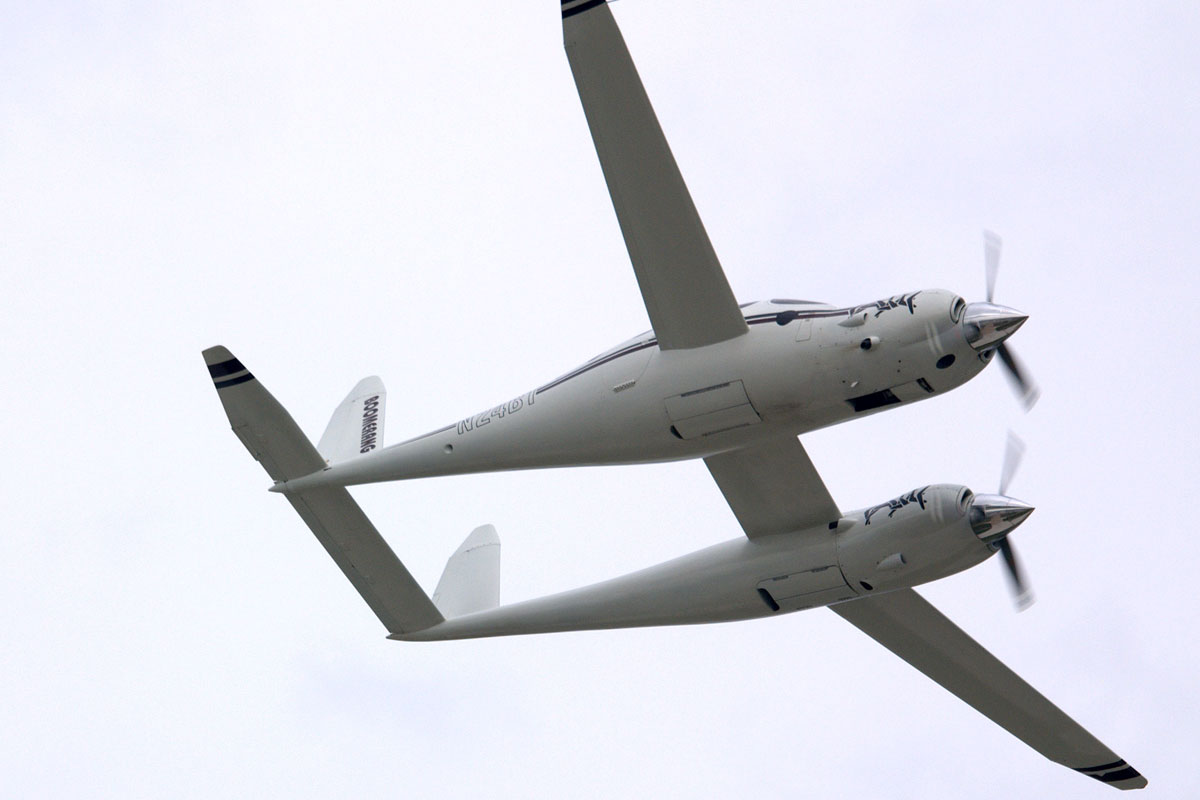
Future of forward-swept wings
The concept of inverted swept wings has never ceased to be considered by the aeronautical industry. The notorious designer Burt Rutan created the Boomerang in 1996, a twin engine with asymmetric shapes that proved to be faster and more efficient than the Baron 58, from Beechcraft.
The great feature of forward-swept wings is that the air flow runs in the direction of the fuselage and not the other way around, which makes the occurrence of stall more rare since the ailerons maintain their function even at low speeds.
Therefore, the configuration has a proven application, but perhaps it remains to find an advantageous use in future aircraft designs.

